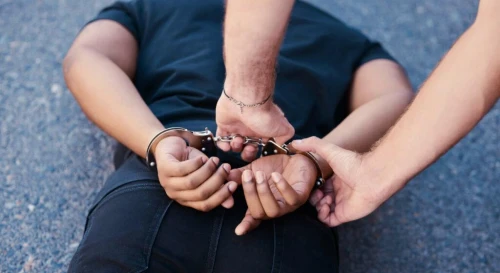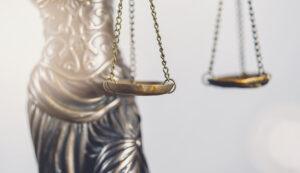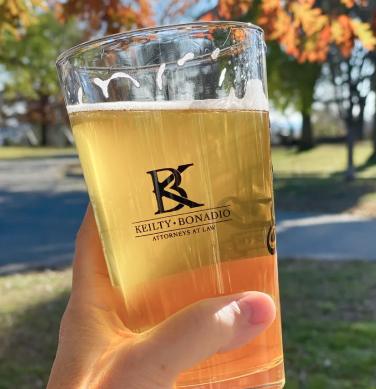
For decades, law enforcement agencies and the medical community have known that the use of prone restraint is an extremely dangerous tactic for trying to gain and maintain control of a person during an arrest or hospitalization.
What is Prone Restraint?
Prone Restraint is also referred to as Positional Asphyxia because the technique – forcing a person’s face into the ground or other surface while applying pressure to the back, head, or neck – denies sufficient oxygen to the brain of the person being restrained. Maintaining Prone Restraint for more than a few seconds poses a grave risk of brain damage or death to the person being restrained. This risk is exacerbated where the person being restrained struggles against the force of the person applying pressure.
If the person applying Prone Restraint maintains the position for even a few seconds longer than necessary, the victim’s body is denied the oxygen it needs to keep the brain alive. In other words, the prolonged use of Prone Restraint that impairs the ability of the restrained individual to breath, leading to cardiac arrhythmia, cardiac arrest, brain damage, stroke, or death.
You Deserve Justice and Compensation.
Our experienced Baltimore attorneys provide trusted legal advocacy to protect your rights and fight for the justice you deserve. Let us stand by your side!contact us today
The Death of George Floyd
Although the dangers of Prone Restraint have been widely understood for decades, the tragic death of George Floyd in May 2020 put the issue prominently before the public. For the first time, wide swaths of the public saw a police officer hold a victim in Prone Restraint long enough to kill him. In that case, the officer held Mr. Floyd in prone restraint, with his knee on Mr. Floyd’s neck for over nine minutes.
While George Floyd’s death, captured on video and made public in real time, may have introduced the concept of Prone Restraint to the wider public for the first time, Mr. Floyd was certainly not the first, and will not be the last, victim of Prone Restraint. Police officers, other law enforcement officials, health care workers, and security have been trained on the danger of prolonged Prone Restraint for many years.
DOJ Warning on Prone Restraint
The U.S. Department of Justice began warning officers of the dangers of prolonged Prone Restraint as far back as 1995. A DOJ bulletin published in the New York Police Department Guidelines to Preventing Deaths in Custody contained the following admonitions:
- “As soon as the subject is handcuffed, get him off his stomach. Turn him on his side or place him in a seated position;”
- “If he continues to struggle, do not sit on his back. Hold his legs down or wrap his legs with a strap;” and
- “If required, get the suspect immediate medical attention.”
Despite training to limit the use of Prone Restraint to life-threatening situations, and to identify the risk factors that make an individual more susceptible to severe injury from Prone Restraint, U.S. Officials have documented more than 125 deaths in the United States, just between 2010 and 2020, that were caused by the use, or over-use, of Prone Restraint.
Though some state and federal agencies have started to adopt policies banning the use of Prone Restraint, deaths and serious injuries from its use continue at an alarming rate. Only four states have attempted any regulation of the use of prolonged prone restraint.
Protecting Your Rights, Pursuing Justice.
Start Your Claim TodayTragic Consequences of Prone Restraint
The real tragedy in the high rate of death from the use of Prone Restraint is that, at least in a police setting, most victims were stopped for minor, non-violent infractions, but were either suffering the effects of mental illness or under the influence of drugs, impairing their ability to communicate with officers. Those who suffered from mental illness in at least half of these cases were either not committing a crime or acting out due to their condition when these police encounters occurred and were often victims of mistaken identity by law enforcement officers. Michael Marshall, who was murdered at the hands of Denver police, was suffering from a psychotic episode when he was put into a Prone Restraint and held down by multiple deputies inside the Sherriff’s Department for more than 10 minutes.
Families of an individual who has died due to the use of Prone Restraint have filed wrongful death suits and received compensation, including for the terrible pain and suffering experienced as they are asphyxiated. In addition, families may be entitled to recover compensation for the loss of their loved one as it has devastating emotional and financial losses. These lawsuits also often result in meaningful changes to training and other policies regarding the use of Prone Restraint.
If you, or someone you know, has lost a loved one in police custody or during hospitalization for mental health issues, please contact the experienced attorneys at Keilty Bonadio today for a free consultation.







